- 1062 Budapest, Aradi u. 8-10
- +36 1 214 0775
- +36 1 214 0778
- bp_info@jpf.go.jp
Rental Items and Collections
IMPORTANT! Renting is free of charge but the applicant is responsible for the cost of transport and (if necessary) the insurance for the collections. Rental items are only available for non-profit oriented organizations and programs.
Application deadline: 1 month before the rental period
Maximum duration of exhibition: 1 month
You can download all necessary documents at the bottom of this page!
Photo exhibition collections
1. World Heritage of Japan
Throughout its four million years of history, mankind has created many civilisations, cultures and left behind countless cultural legacies. Human activities are in harmony with nature sometimes, at other times they destroy it. One of the main challenges of our time is to protect the irreplaceable cultural heritage that nature has left us.
The World Heritage of Japan series presents the natural landscapes, shrines and monuments of Japan, a UNESCO World Heritage site, captured by photographer Miyoshi Kazuyoshi.
Content: 67 images, panel size 60 x 70 cm

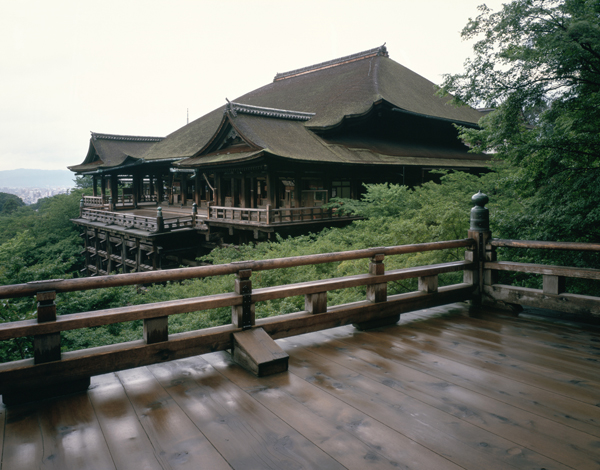
2. Everyday Life in Japan
A series of panels on the everyday life of the Japanese people. Crowds on the streets, scenes from the market, sporting events, holidays and festivals help to deepen our understanding of the everyday life in Japan.
Content: 40 images, 60 x 90 x 2 cm and 40 x 60 x 2 cm panel size.
3. Architecture in Japan: 1985-1996
This series focuses on the unique buildings of the period, built during Japan's economic boom and subsequent stagnation. The collection presents 10 years' worth of work, divided into 7 categories, under the headings of metropolises, cities, towns, countryside, suburbs and holiday areas.
Content: 108 images, 121 x 91 cm and 121 x 61 cm panel size


3. Japanese Tea in Pictures
The panel series presents the art of traditional Japanese tea ceremony, introducing the process step by step in beautiful close-ups.
Content: 30 images, 45 x 55 cm panel size
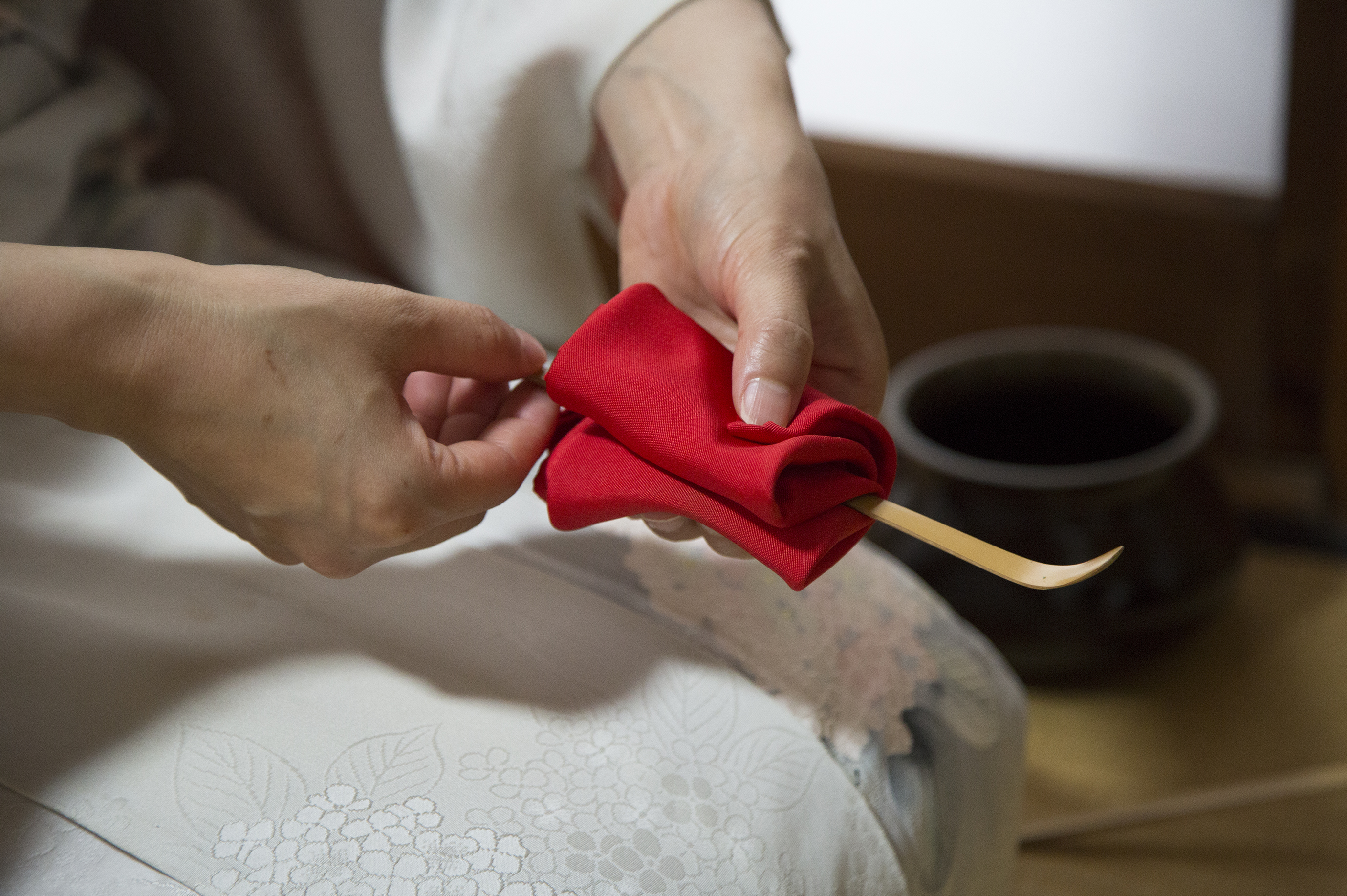
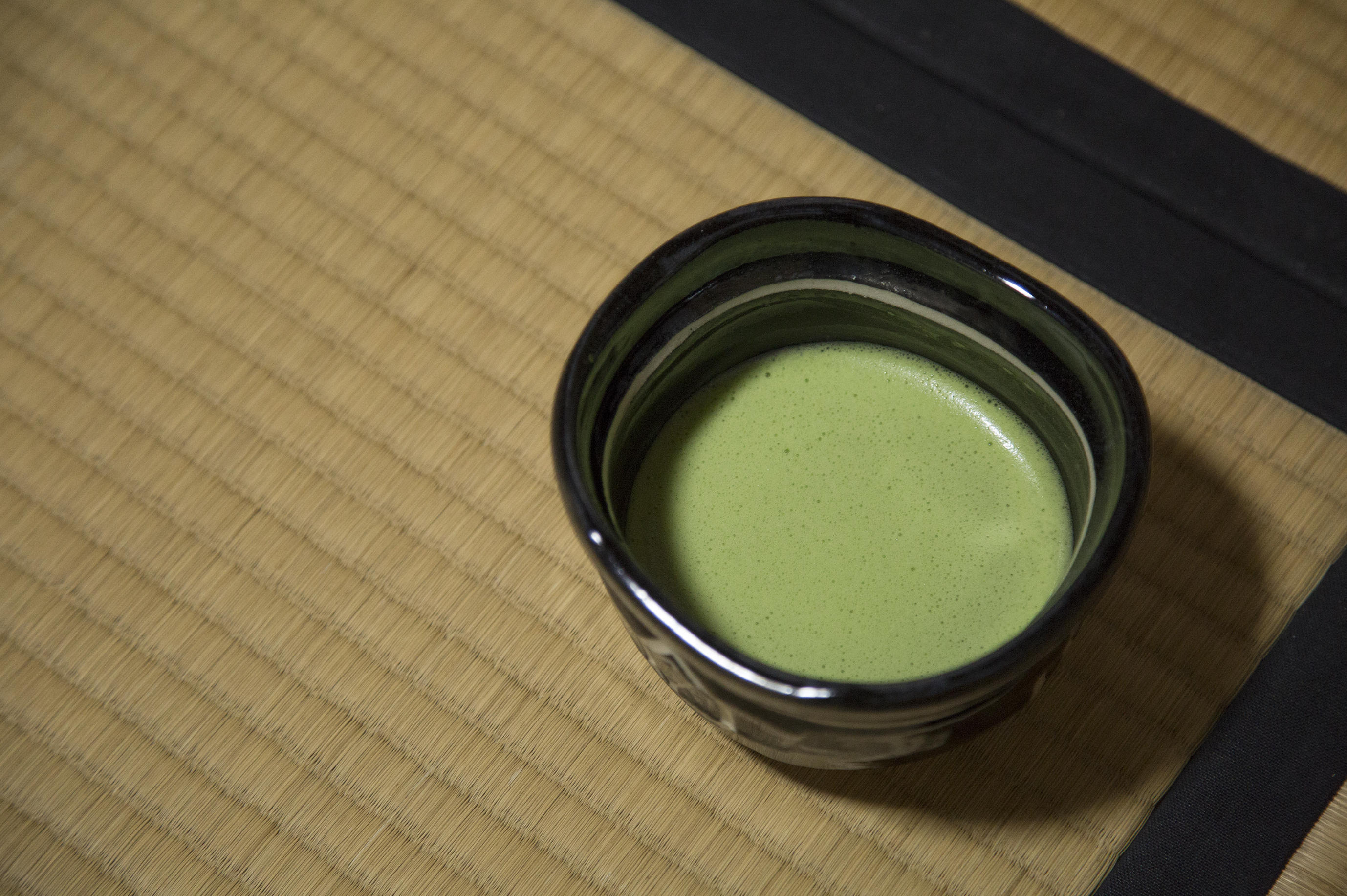
Other rental items
1. Japanese dolls
This series presents a selection of some of the finest examples of doll-making from a long tradition. Decorated for the Girls' and Boys' Festivals, the dolls are not only famous as children's toys, but also as sophisticated works of art, decorated with ornaments. Made using a special Japanese process and coated with oyster shell powder, the soft expressions of these creations elevate a typical piece of a region to a high artistic level.
Content: The exhibit consists of 3 sets of 55 dolls, each requires a setting place of the following sizes: 135 x 170 x 185 cm, 105 x 101 x 152 cm and 40 x 30 x 50 cm.
Sets:
Set 1: Girls' Holiday Dolls (stand-up set with 15 dolls)
Set 2: Boys' Holiday Dolls (stand-up set and separate dolls, 6 dolls in total)
Set 3: Selections of dolls from different regions (34 dolls and doll groups)
Each set can be borrowed separately as well.
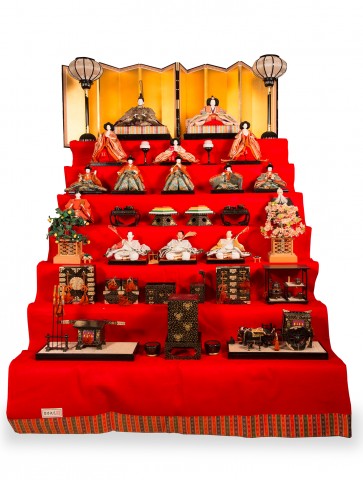
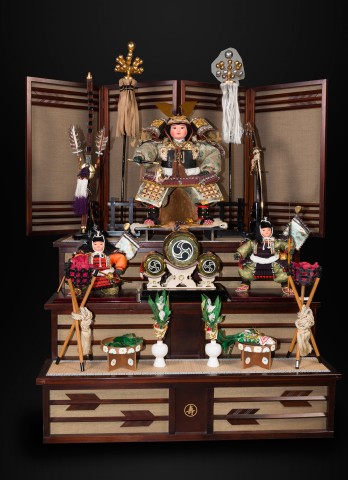
Girls' holiday doll set Boys' holiday doll set
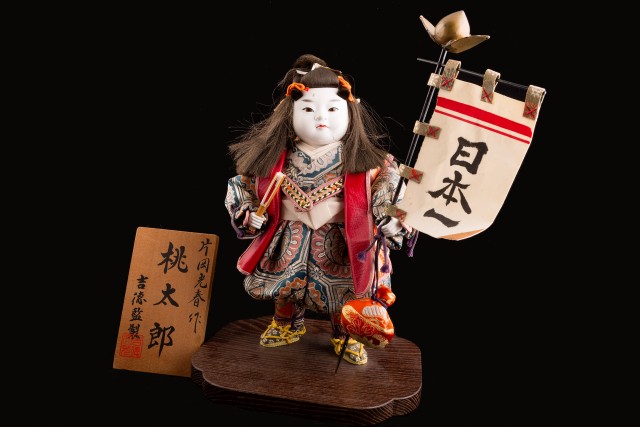
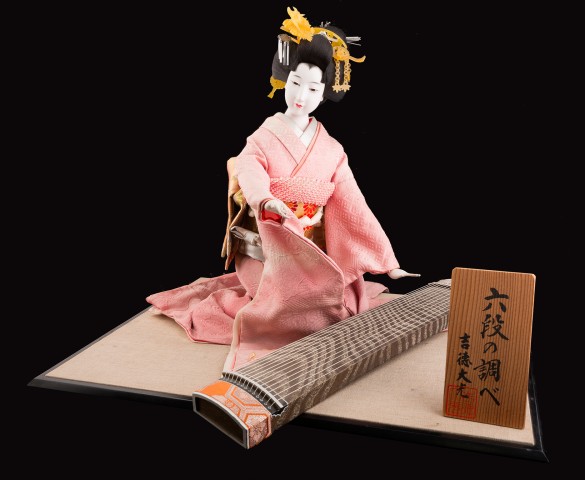
Momotaro, the Peach Boy Lady with koto
2. Kites and tops
The thousand-year history of kites in Japan is a real success story. Kite making owes its many innovations, its unique design and its technical perfection to the availability of high-quality Japanese paper and lightweight bamboo. As kite flying became more popular, a wide variety of kite types and shapes developed in all parts of the country.
Initially kites were used for the entertainment of the aristocracy, but only later did they become popular amongst the common people. Today, there are nearly a thousand types of spinning tops in Japan.
The series contains a colourful selection of spinning tops, which can be divided into different groups depending on the way they are spun.
Content: 42 - 42 pieces, kite size: 49 x 49 cm and 240 x 80 cm
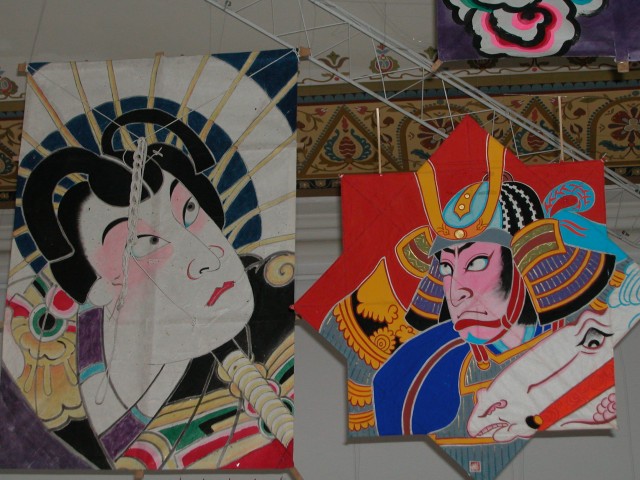
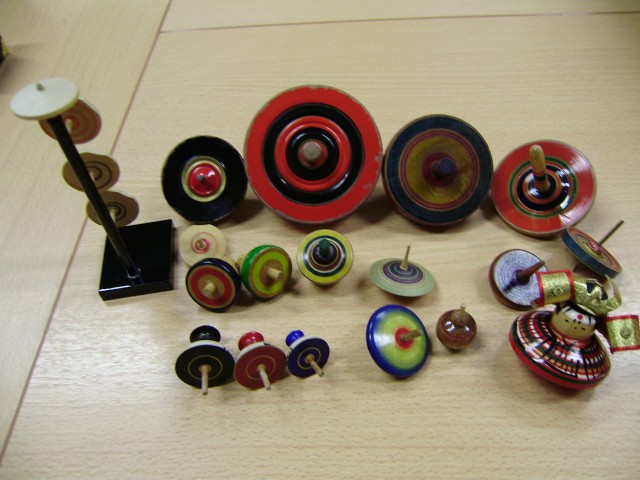
3. Tea ceremony set
The tea ceremony that still plays an important role in the life of the Japanese, evolved from the Chinese Zen Buddhist tea ceremony. In the 15th and 16th centuries, Japanese tea masters perfected the ceremony and turned it into an aesthetic experience, which is still an important part of community life.
The tea set includes all the important ritual accessories of the tea ceremony, from a cast iron kettle and portable cast iron stove, to a ladle, tea steamer, tea powder picker and charcoal tools.
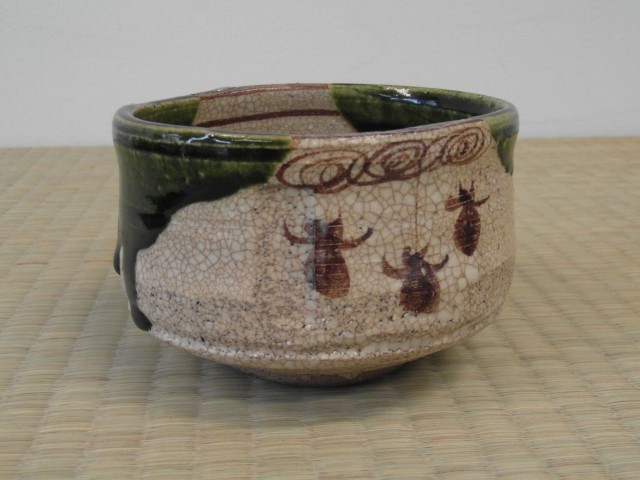
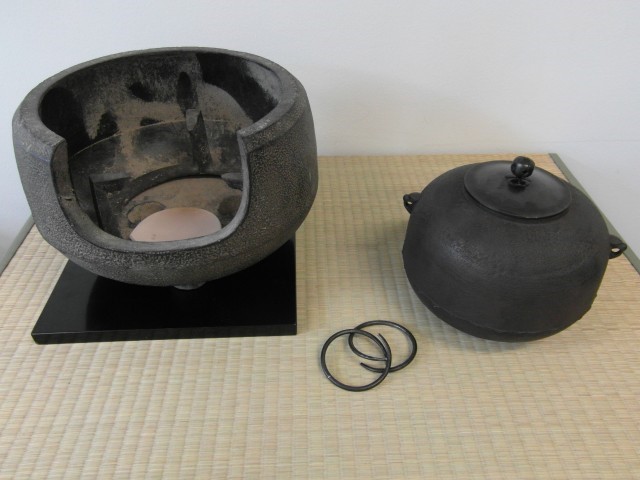
TEMPORARILY UNAVAILABLE (as of 2025/09/22)
4. Calligraphy kit
Calligraphy is one of the most deeply rooted traditions of fine art in Japanese culture. The art of the brush doesn't only have an important artistic value for posterity, but also a philosophical message. The elegance and harmony of its graceful lines, in addition to its aesthetic pleasure, imparts to the viewer a philosophy of a thousand years.
Content: 20 sets in total (1 set: brush, paperweight, ink pad, paper pad, ink stick)
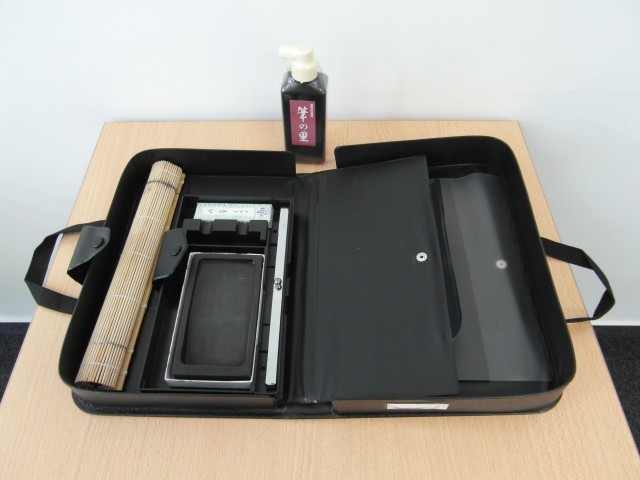
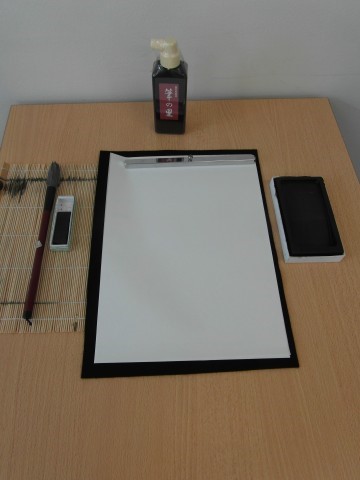
5. Writing practice board
The special feature of this board is that you can practise the correct stroke without using a marker, just by dipping the brush in water. Unlike a calligraphy set, the board is designed to practise the correct line of the simpler characters rather than to artistically bring them to life.
The lines that come to life when touching the board with a wet brush, are absorbed after 3-5 minutes and allow you to perfect your writing.
6. Traditional Japanese games
Traditional hand-made toys, which have been popular since the Middle Ages, are still indispensable in Japanese households and small schools. From simple games with simple rules that even the youngest children can enjoy, to board games with a serious logical background and complex rules that puzzle adults, the set provides a pleasant pastime and entertainment for all ages.
Content: games for girls and boys, board games, card games




7. Traditional folk costumes
The yukata, a light summer version of the kimono made of cotton. It is still a popular costume, especially during summer festivals.
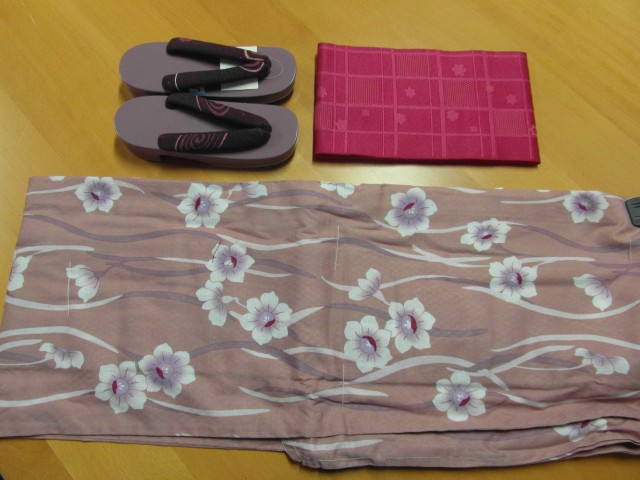
8. Anime cosplay costumes
Anime, or Japanese animated films and series, is perhaps the most internationally recognised product of modern Japanese pop culture. Cosplay, or dressing up as characters, is a popular hobby of many.
Available characters:
Kimetsu no Yaiba: Nezuko (women's size)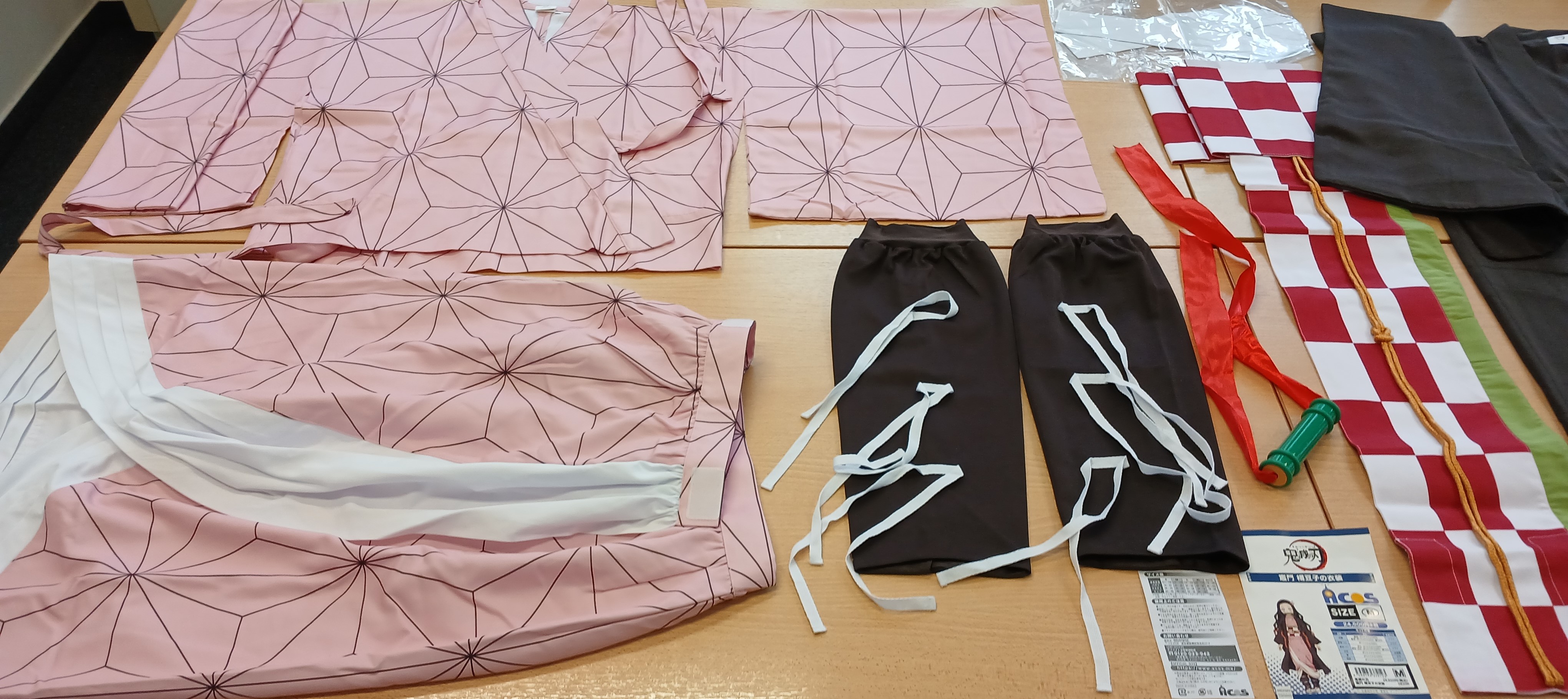
Kimetsu no Yaiba: Kisatsu-tai, Taifuku (men's size)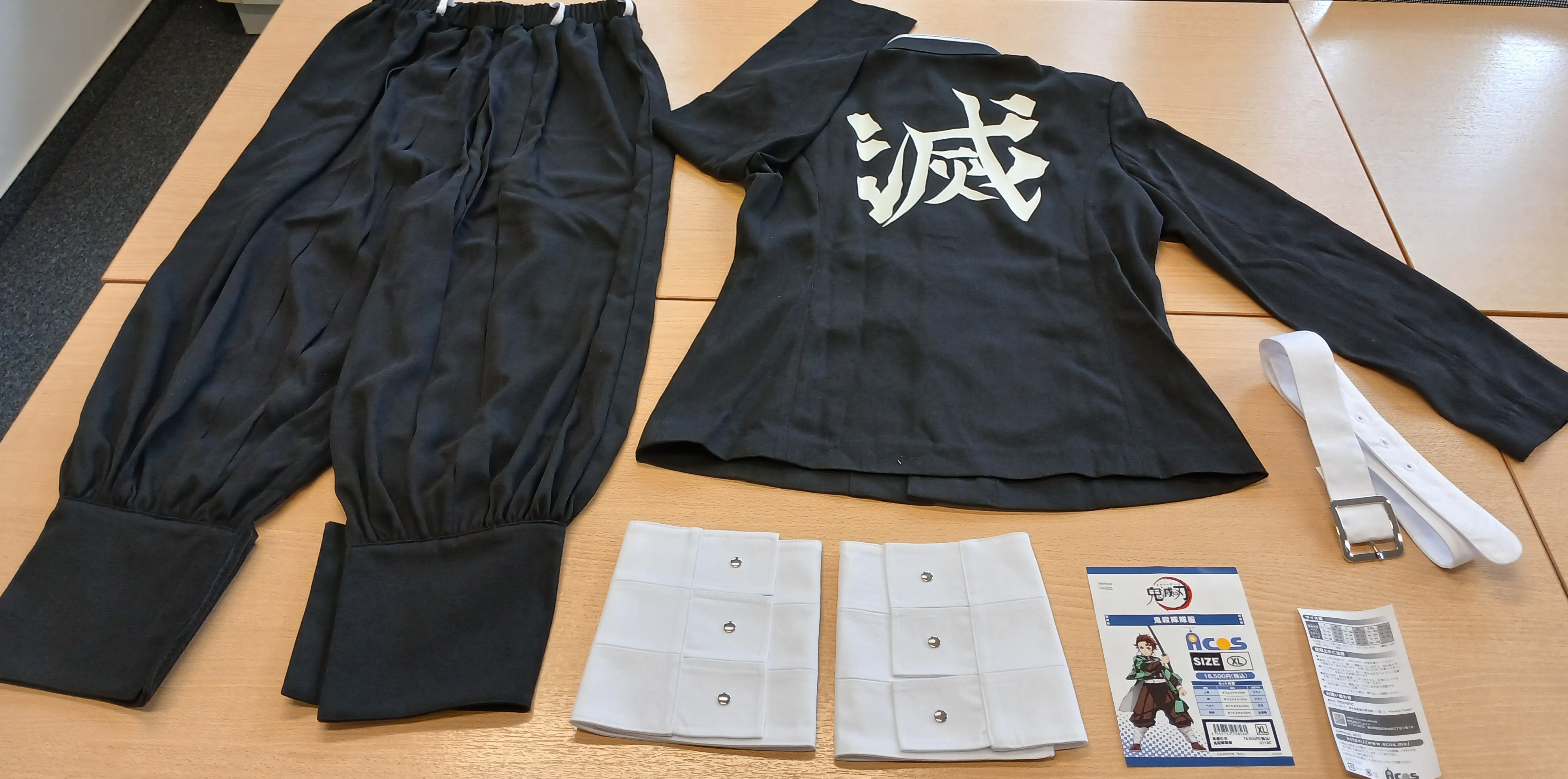
Kimetsu no Yaiba: Tanjiro (haori, unisex)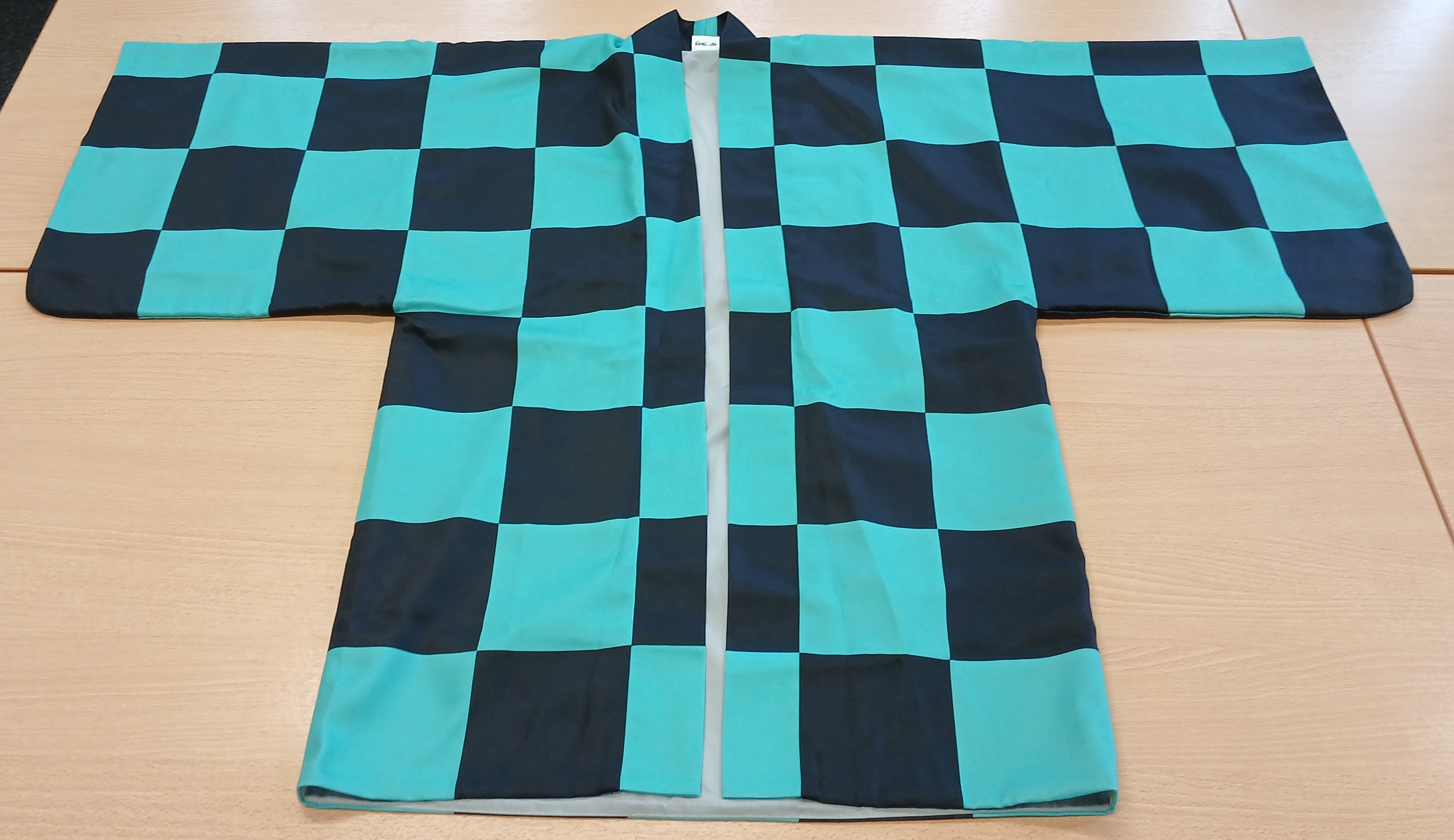
Inuyasha (men's size)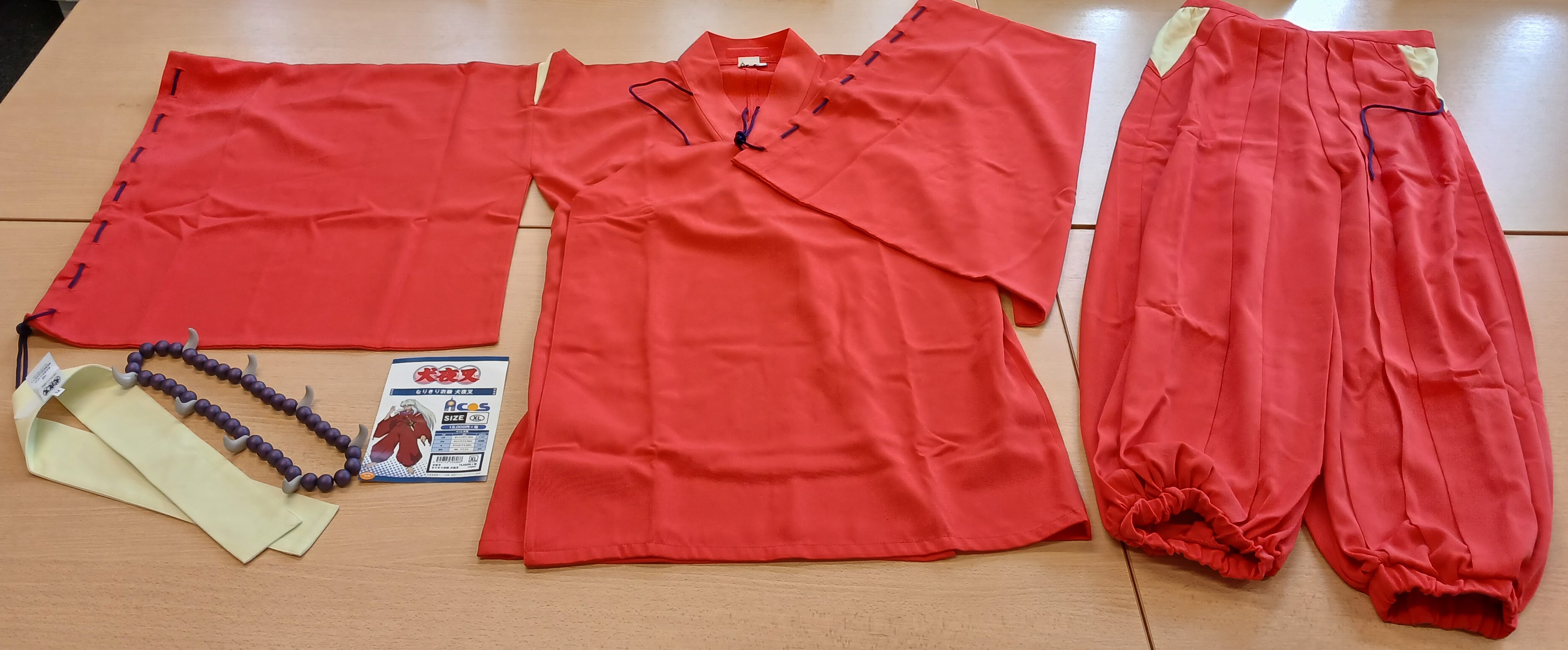
GINTAMA: Sakata Gintoki (men's size)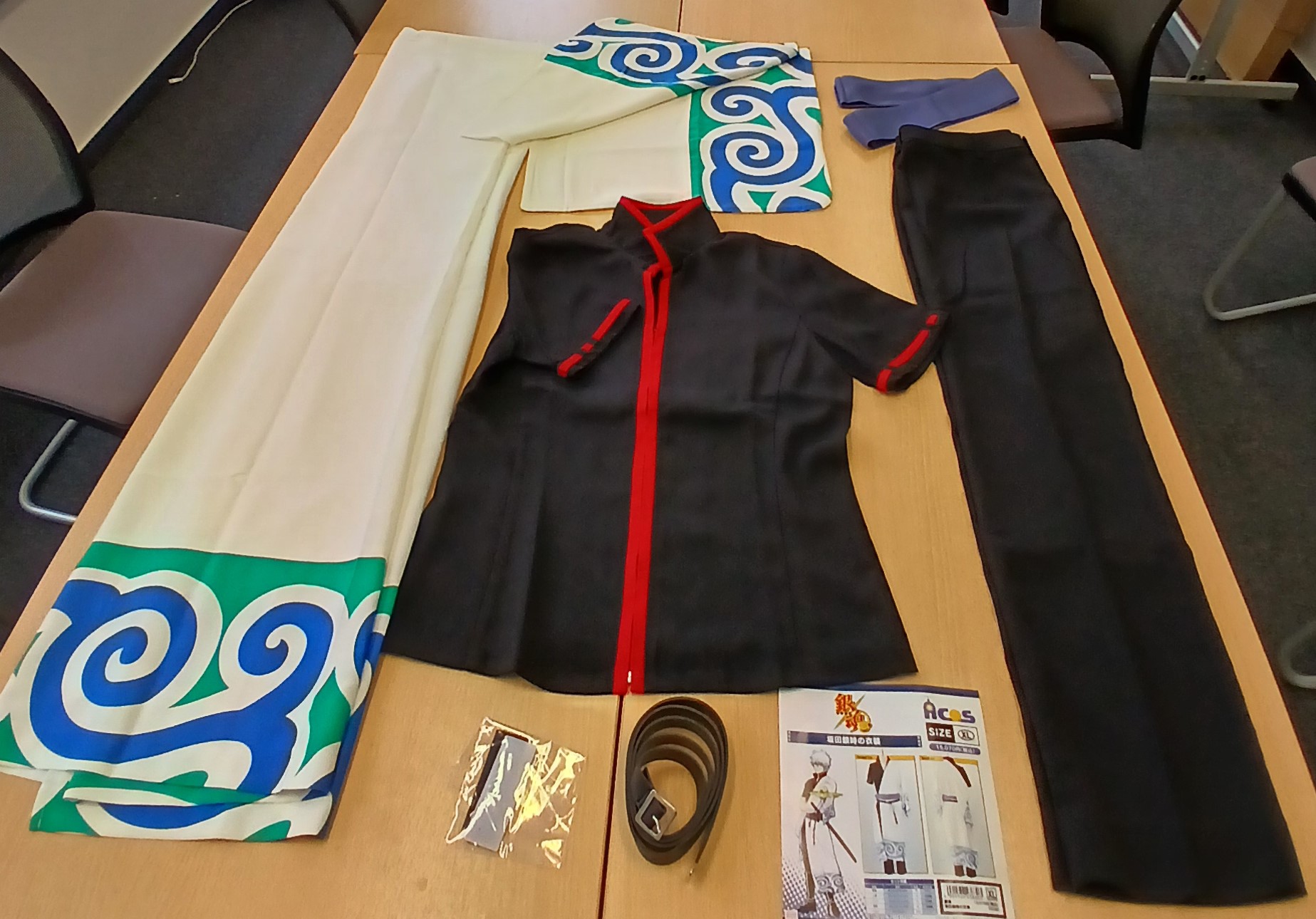
9. "Kamishibai" paper theatre with Japanese folk tales
A paper theatre that brings folk tales to life on screen, using large sheets of paper that slide into a wooden frame to make storytelling spectacular. The storyteller faces the children, reads the text on the back of the cards and moves the cards around to add colour to the simple storytelling experience.
Stories to borrow:
1. Momo Taro, the Peach Boy
2. Kasa Jizo
※The tales are in Japanese, and a Hungarian translation is available on request.
Accessories for the paper theatre:
- wooden frame
- story cards
- a percussion instrument to signal the beginning of the story

The catalogue of rental items can be downloaded HERE.
Necessary documents:
Person in charge:
Valentina ZUGOR (Valentina_Zugor@jpf.go.jp)